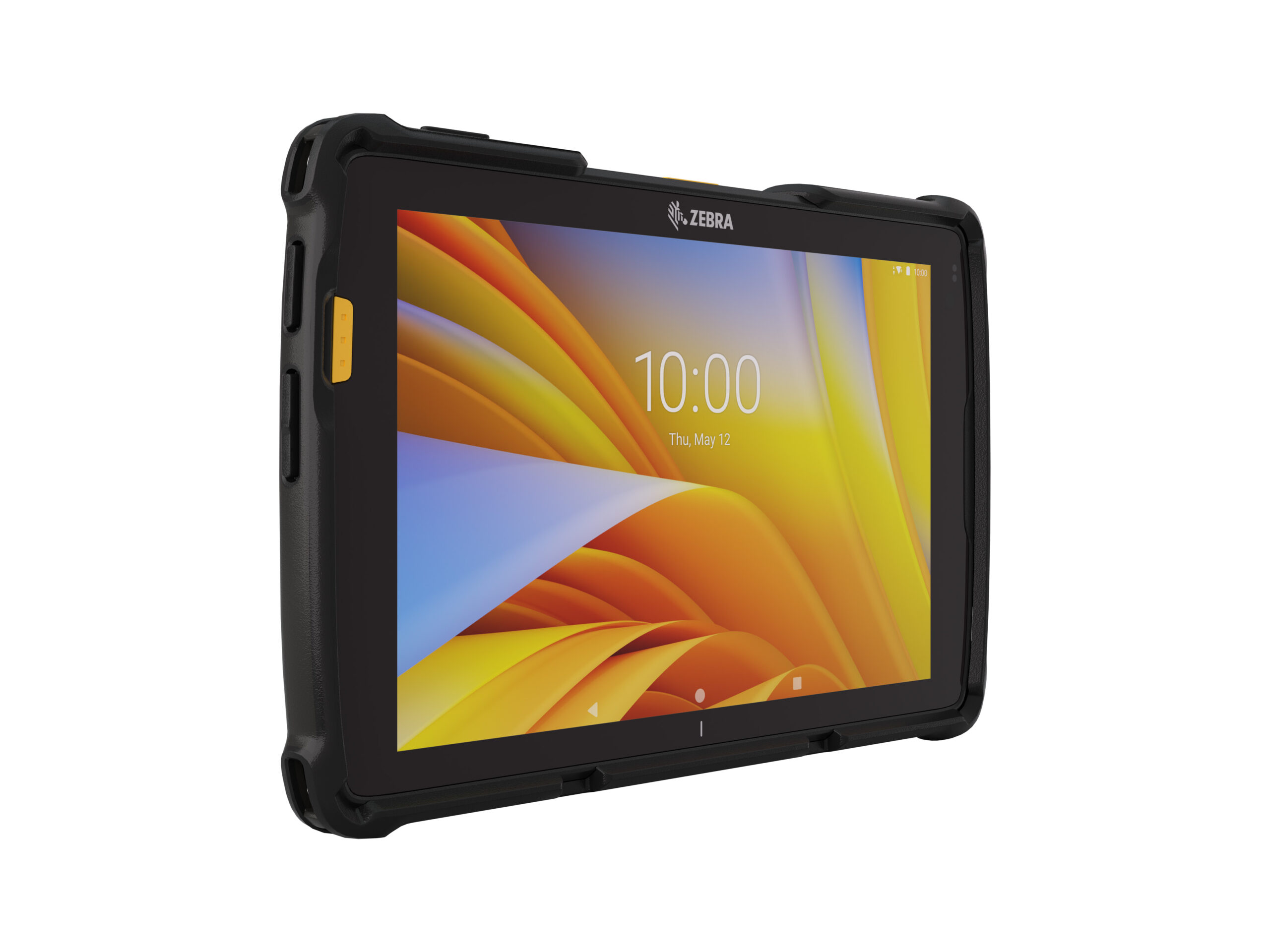TL;DR:
- Zebra Technologies demonstrates on-device AI using Qualcomm-powered mobile computers, eliminating the need for cloud connectivity.
- Large language models (LLMs) find practical applications in customer support, communication, and more.
- Zebra’s achievement promises productivity gains in various industries.
- On-device AI offers personalization, privacy, and cost advantages.
- Qualcomm Technologies supports this transformative shift toward on-device AI.
- Zebra’s solution reduces memory requirements and embraces open-source models.
- Zebra emphasizes ethical and responsible AI development.
Main AI News:
In a remarkable display of technological prowess, Zebra Technologies Corporation, a prominent player in the industrial handheld devices market, has showcased the capabilities of a Generative Artificial Intelligence Large Language Model (LLM) running on its Qualcomm-powered mobile computers. What sets this achievement apart is that it operates seamlessly without relying on cloud connectivity, marking a significant milestone in the world of on-device AI.
Large language models, often referred to as LLMs, have been the buzz of 2023, primarily thanks to their dependence on the formidable power of cloud computing. However, Zebra, renowned for its diverse range of mobile industrial handheld computers, has successfully harnessed the potential of a generative AI LLM within the confines of its handheld devices, completely eliminating the need for cloud access.
The applications of LLMs are diverse, encompassing areas such as customer support, training, internal communications, and natural language interactions. Implementing an LLM on a compact, potentially offline, handheld computer is a monumental achievement and a testament to Zebra’s unwavering commitment to research, development, and innovation. Chances are, you’ve already witnessed Zebra devices in action. Enterprises of all sizes rely on Zebra devices for tasks like receipt and label printing, in-store staff communication, and price checking, among others. Now, these devices are poised to usher in a new era of intelligent applications.
Zebra foresees that this breakthrough will unlock exciting opportunities for productivity enhancement, shaping the future of work across various industries, from retail to warehousing, logistics to hospitality, and healthcare. The on-device execution of GenAI LLMs holds the potential to equip frontline workers with cutting-edge capabilities that can deliver transformative outcomes for their customers.
Furthermore, on-device AI promises heightened personalization, improved privacy and security by keeping data on the device, and enhanced performance, all while reducing costs. According to a whitepaper by Qualcomm Technologies, Inc., GenAI-based searches in the cloud can be up to ten times costlier compared to traditional search methods. By eliminating the reliance on the cloud, Zebra aims to make AI more cost-effective.
Tom Bianculli, Chief Technology Officer at Zebra Technologies, emphasized, “Zebra’s devices serve as powerful platforms equipped with state-of-the-art software and AI models, and we are advancing them through our partner ecosystem to address customer challenges and add value. We are taking GenAI to the mobile edge, applying it to areas such as voice AI, computer vision, machine vision software powered by deep learning, as well as task and workflow software using orchestrated AI.”
The potential applications of LLMs are vast, encompassing the improvement of associate effectiveness, efficient internal communications, feedback collection and analysis, productivity enhancement, and increased job satisfaction. LLMs also have the capability to enhance the customer experience by powering personalized shopping assistants, seamlessly integrating shopping experiences across in-store, online, and mobile platforms, and potentially enabling fully voice-activated shopping.
Zebra’s TC53/TC58, TC73/TC78 mobile computers, and ET6x Series tablets, powered by Qualcomm Technologies, along with Zebra’s asset visibility and intelligent automation solutions, deliver invaluable data insights, analysis, recommendations, problem-solving, planning, and creativity. Frontline workers can utilize smaller on-device models, even in remote or underground working environments where cloud connectivity may be limited. Alternatively, users can switch to a cloud-based app or web browser GenAI tool via Zebra’s Wi-Fi 6/6E and 5G-enabled devices.
Megha Daga, Senior Director of Product Management at Qualcomm Technologies, noted, “On-device generative AI is unlocking new and enhanced experiences across industries. Qualcomm Technologies’ goal is to drive industry transformation, starting with mobile devices. Zebra’s demonstration exemplifies the transformation we aim to achieve.”
This innovative solution from Zebra, powered by Qualcomm Technologies, not only reduces memory requirements but also relies on a wide array of open-source and third-party models, aligning with Zebra’s strategy to deliver effective on-edge AI solutions across multiple industries.
Andrea Mirabile, Director of AI Research at Zebra Technologies, emphasized, “Zebra recognizes the importance of ethical and responsible AI. We are committed to ensuring our AI initiatives adhere to federal guidance on accountability, ethical purpose, transparency and contribute to setting the standard for responsible, appropriate, and ethical AI development and deployment, as advocated by the Business Roundtable AI Road Map and policy recommendations.“
Conclusion:
Zebra Technologies’ successful demonstration of on-device AI with Generative AI LLMs, powered by Qualcomm, represents a significant leap in the integration of AI into various industries. This innovation not only improves productivity and customer experiences but also reduces costs associated with cloud-based AI solutions. As a result, it holds the potential to shape a more competitive and efficient market landscape across multiple sectors.

